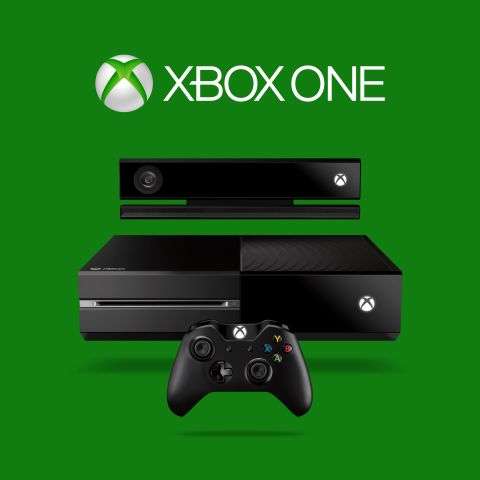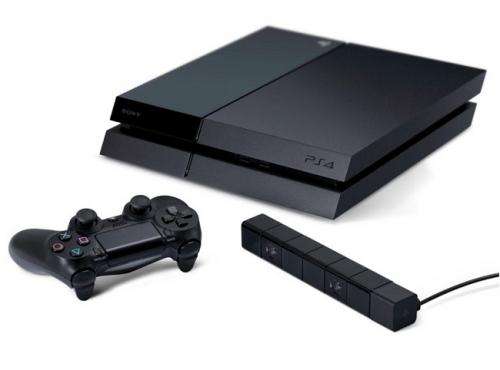Review: Xbox One vs. PlayStation 4

If you're a serious gamer, these are exciting days. If you're not a serious gamer, you can be excused for wondering what the fuss is all about.
After a longer-than-usual product cycle, Microsoft and Sony have finally released new game machines. Their Xbox One and PlayStation 4, respectively, are much more powerful than their predecessors, offer some cool new features and, best of all, promise some great new game experiences.
But many of the consoles' new features are simply refinements of features already present on their predecessors. Unlike previous consoles, they don't offer much that's dramatically new or different. And, as is always the case with brand-new game machines, they cost a lot of money and currently have few games available for them.
So, if you're not a serious gamer with more than $400 to burn, you're better off waiting.
The new consoles have been a long time coming. It's been seven years since Sony launched the PlayStation 3 and eight since Microsoft launched its Xbox 360.
As you might expect, the innards of the new machines have received major upgrades. Both feature speedy new processors, super-powerful graphics chips, much more memory than their predecessors, and 500-gigabyte hard drives for storing games and game data.
The Xbox One has a Blu-ray drive, something its predecessor lacked, which should allow game developers to create and store much more complicated games for the device. Meanwhile, the PlayStation 4 has an optional new dual-camera accessory that should give it some of the motion-tracking capabilities of the Xbox Kinect.

Both devices offer some new capabilities. The Xbox One can be used to watch live TV from a pay-TV service in place of a cable box. While the Xbox 360 could be used to watch TV from AT&T's Uverse service, the Xbox One can work with a wide range of television providers. At least it's supposed to. In my brief test of the Xbox One, I couldn't get the feature to work.
Both consoles allow users to interact with them using their tablets, smartphones or other devices as second screens. Users can use those screens as controllers for the games or as remote controls to switch channels or fast-forward movies. Users who own both a PlayStation 4 and a PlayStation Vita handheld system will be able to play games on the Vita that are streamed from the PlayStation 4.
And both consoles promise to make it easier for users to take videos of their gameplay and instantly upload them to game video site Twitch. While that feature has been delayed on the Xbox One until next year, gamers will be able to use a feature called "snap" to watch game videos from Twitch as they are playing a particular game. That feature could be a big help for users stuck on a particular level or sequence.
Of course, the big thing for gamers is the games themselves. In this, Microsoft appears to have an early edge, with a greater number of games available at launch and a larger number of top-tier games, including exclusives such as "Dead Rising 3."
Those games are likely to draw in the enthusiasts. But for the rest of us, there are good reasons to wait.
In terms of price per games available, consoles are never as costly as they are when they launch. Most of the few games available can be found on older consoles. And the price of the devices is at their maximum. Over time, the number of games available - including those that are exclusive to the new consoles - will grow and the sticker price of the machines will inevitably drop.
Early buyers also face the risk of choosing the wrong platform. If you get stuck with a game machine that ends up being relatively unpopular, you may not get to play certain games, or you may not get them until long after they are released for other platforms. If you wait, you can have a much better idea which console will wind up on top.
Even setting those broad issues aside, the new consoles, at least to my eye, just don't seem as compelling as their predecessors. The PlayStation 3 and the Xbox 360 were the first game machines that could display high-definition games, and the PlayStation 3 was the first console with a built-in Blu-ray player.
Nintendo's Wii pioneered and popularized motion-controlled gaming, and Microsoft's Kinect for the Xbox 360 introduced controller-less gaming. And both Sony and Microsoft introduced features that made their consoles capable of serving as the centers of the digital living room, able to play not just games, but movies, TV shows and music.
The Xbox One and the PlayStation 4, by contrast, don't seem to offer anything on that level of innovation.
©2013 San Jose Mercury News (San Jose, Calif.)
Distributed by MCT Information Services


















